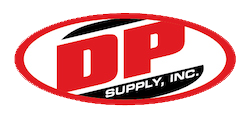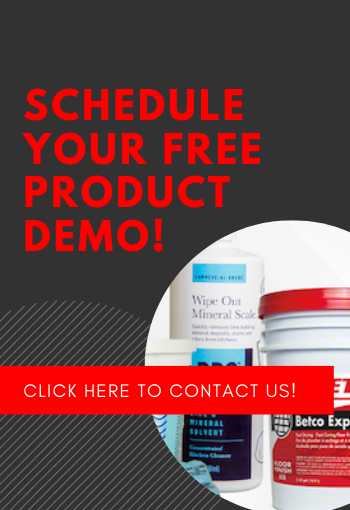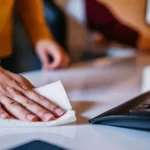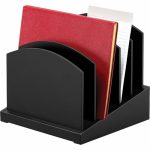As cleaning professionals, we’ve always been concerned with creating and maintaining healthier, cleaner indoor environments. The coronavirus pandemic has heightened that call, and we know that cleaning, sanitizing and disinfection will remain at the forefront for businesses, residences and public buildings. Focusing on floors is one of the ways we can reduce the spread of germs in these spaces.
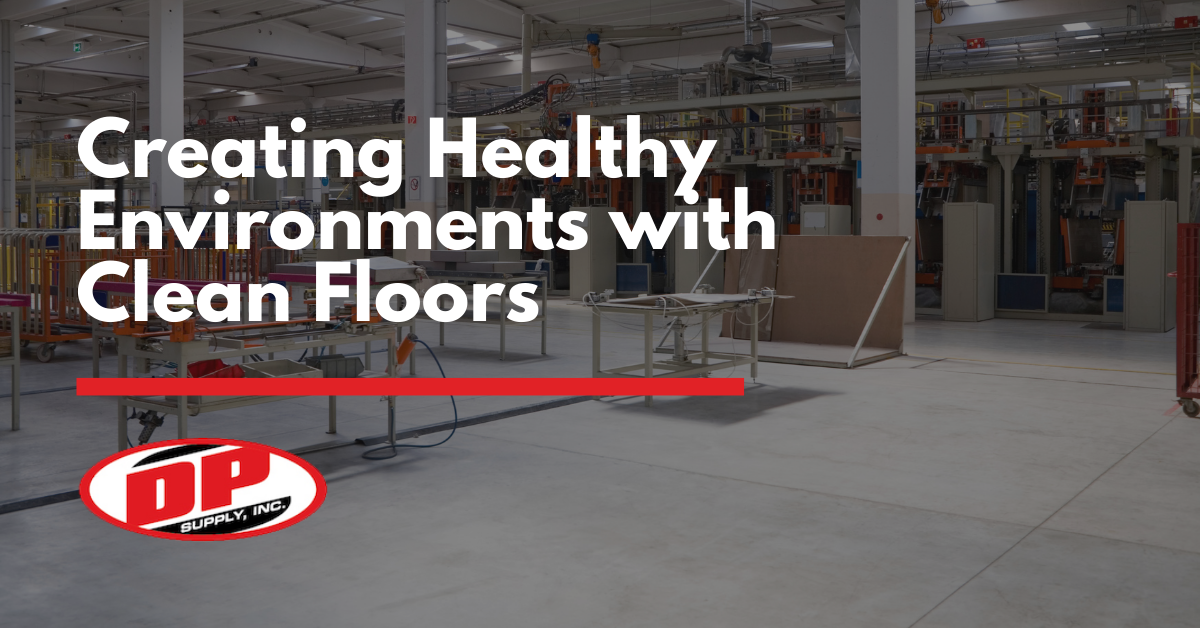
Remember that floors are high-touch surfaces
A lot of focus during the pandemic has been on aerosolized contaminants – those droplets that are released when people speak, sneeze or cough. Eventually, gravity pulls these droplets down to surfaces, where they can survive and be transmitted. This is why cleaning and disinfecting surfaces like keyboards, faucets, door handles, railings and light switches is so important. Called “high-touch surfaces,” these objects can play a central role in the spread of germs.
Often overlooked on that list though is floors. Think about it: your floors are the single largest reservoir for germs and other contaminants in your facility. Once droplets land on them, they can easily be spread throughout your facility by not only shoes, but also backpacks, carts, purses and other objects. As high-touch surfaces, your floors must be part of your regular, routine cleaning, sanitization and disinfection efforts.
Choose the right products and equipment
For some facilities, using a good-quality neutral cleaner is sufficient for regular floor care. Choosing the right type for your floor material is critical, because applying the wrong product can result in permanent damages.
Other facilities need to go further and consider sanitization and disinfection for floors. Disinfectants can be used on pre-cleaned, nonporous hard surfaces like vinyl, terrazzo and vinyl composition tiles (VCT). Don’t skip the pre-cleaning step — it’s essential for removing debris and making disinfectant solutions more effective. Sanitizers may be used on semi-porous and porous surfaces like carpet or wood.
Always follow the right procedures when sanitizing or disinfecting to make the process effective. Reach your labels and understand concentrations and dwell times. Remember that not all cleaners, disinfectants and sanitizers are made equally! We are happy to recommend some of our favorite products — just contact us if you have questions.
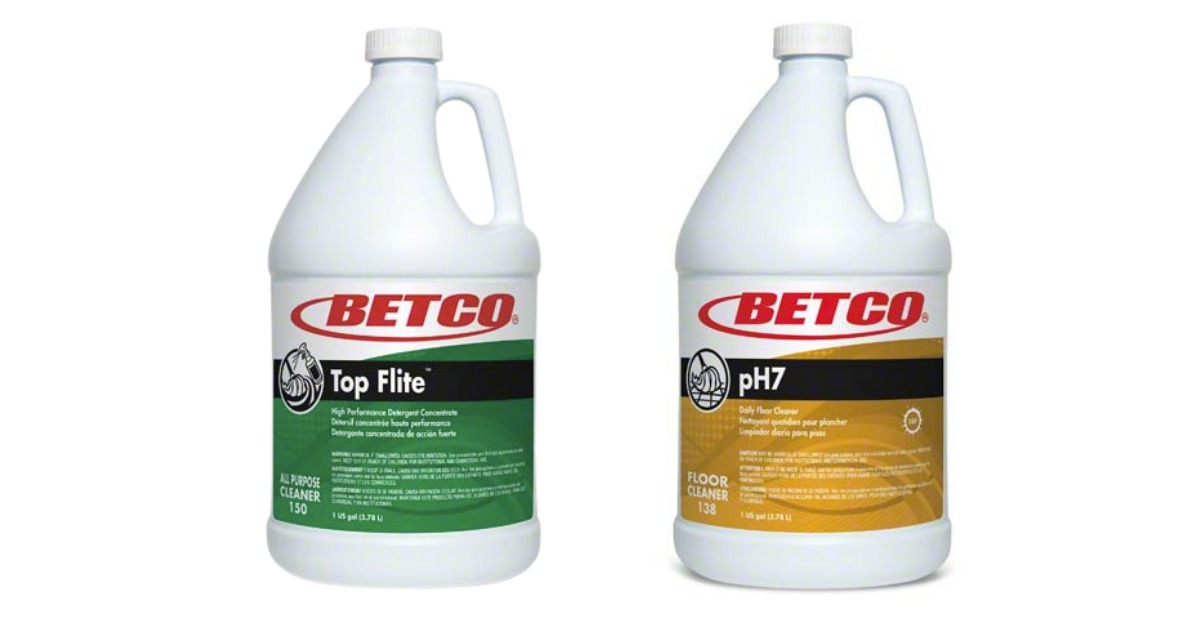
One of our favorite products for cleaning and deodorizing floors is Betco’s Top Flite All Purpose Cleaner. This advanced formula cleans and deodorizes most water-washable surfaces and is great for mop-and-bucket applications. We also love Betco’s pH7 All Purpose Cleaner for both mop-and-bucket cleaning and use in auto scrubbers. This mild cleaner emulsifies and suspends dirt and grime from hard surface floors. Best of all, it leaves no film behind and won’t attack, haze or dull floor gloss.
Follow CDC cleaning guidelines for floors
The Centers for Disease Control and Prevention (CDC) recommends these guidelines for floor care:
– Clean floors last.
– Clean floors regularly and at least once daily in high-traffic areas.
– Start cleaning at the area furthest from your exit and clean toward that exit.
– Always use separate cleaning and rinse buckets when using a mop system to avoid cross-contamination.
– Change solutions often and whenever they are visibly soiled. Change solutions when you begin to work on a new area or room to reduce cross-contamination.
– Always communicate slip-and-fall hazards with proper signage.
Following these tips, choosing the right products and regularly cleaning your floors can result in a cleaner, healthier indoor environment.
